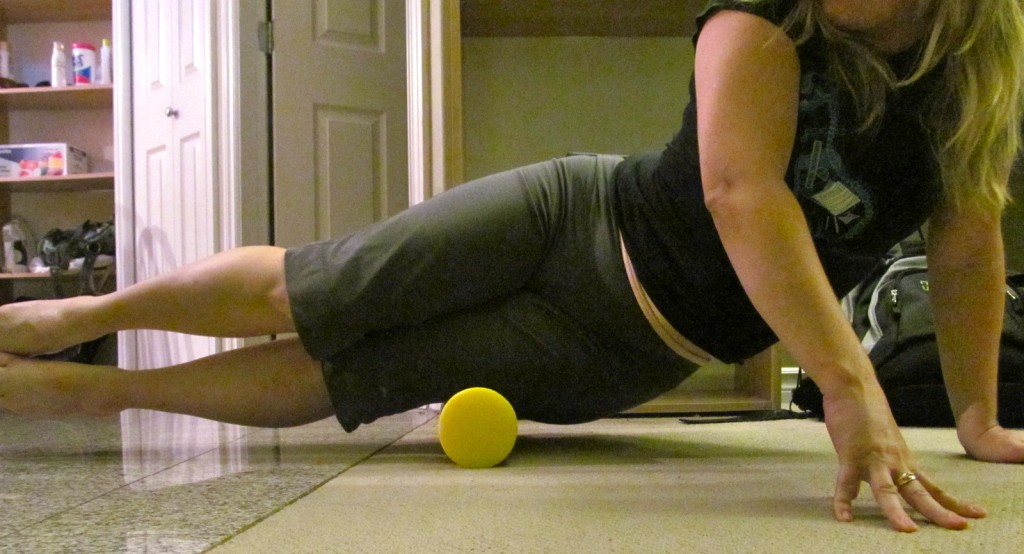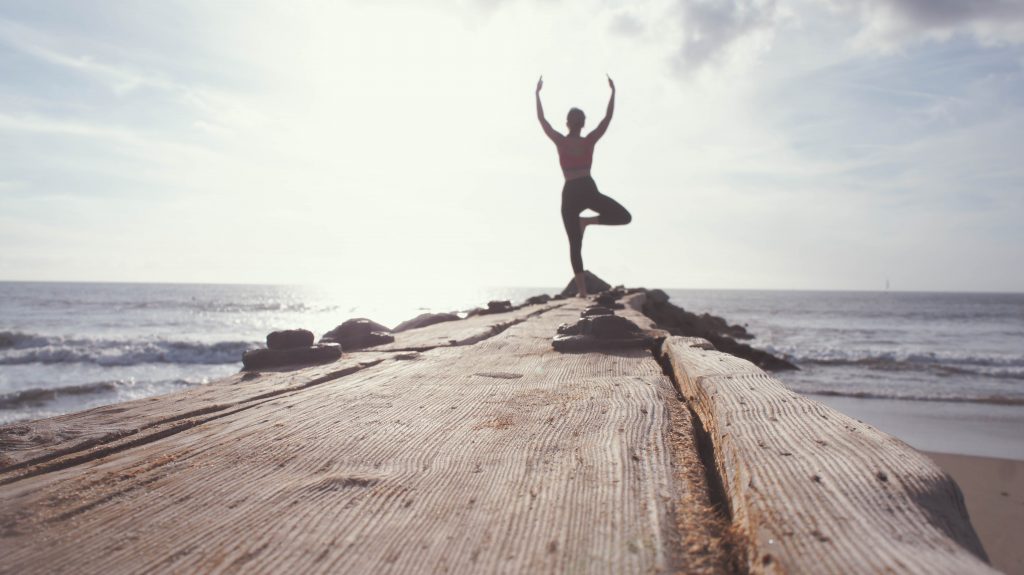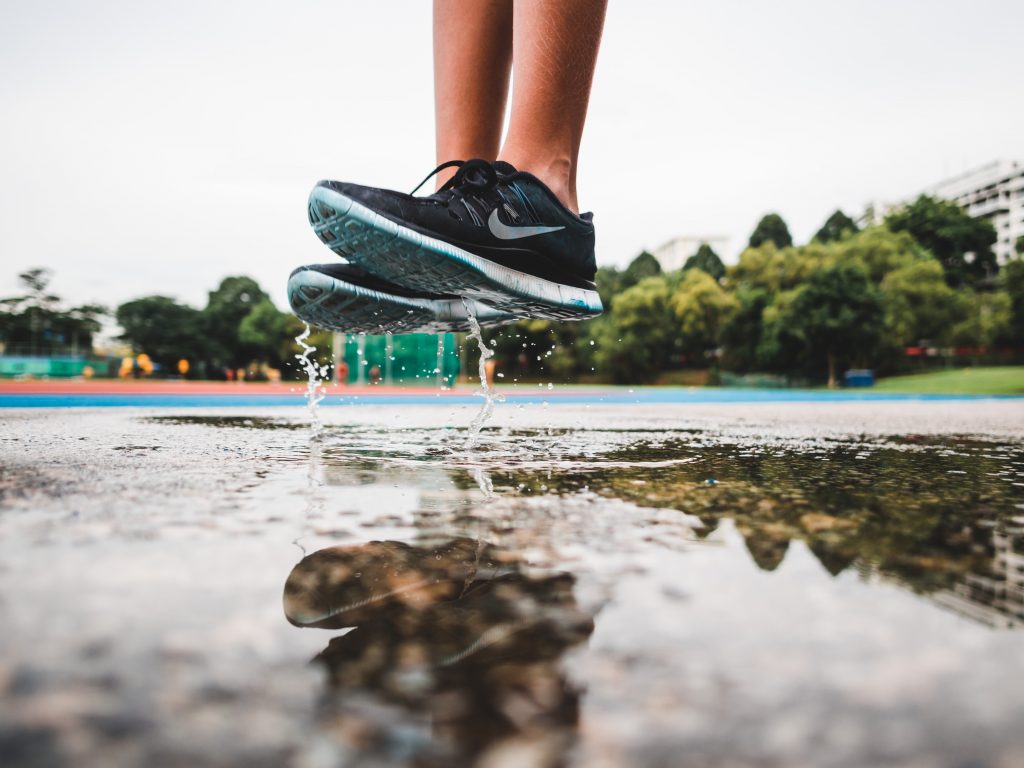
Roll Your Way To Happier Muscles
Photo Credit: Beth, via Flickr Creative Commons
Massage with a foam roller has become an important part of many fitness programs. It’s an excellent method of massaging away muscle tension to make your stretching routine more effective. Plus, it helps with improving your overall performance in activities and keeping you moving with less soreness throughout your workouts.
Like all exercise and massage, there is a proper foam-rolling technique.
More technically, this kind of massage is referred to as trigger point or self-myofascial release. It targets your fascia, which is the layer of tissue that surrounds your muscles like a sheath. Stress, injury, overuse of your muscles, or even a sedentary lifestyle, can cause your fascia to tighten and become stiff, which can make you less flexible, limit your mobility, and lead to pain and discomfort.
You can diminish fascial tension by applying pressure to the muscles—it is similar to getting a professional massage, but is much more cost effective. But like all exercise and massage, there is a proper foam-rolling technique. By following proper form, it will help in reaching common tight spots in the lower body, and help you roll your way to softer, less painful and less stiff muscles.
The Technique
- Roll over the muscle slowly, feeling for areas that are tight or “hot.” When you find a “hot spot” your instinct will be to roll away from it. Instead decrease the pressure you use by supporting more of your body weight with your arms or opposite leg to ensure that you don’t work that area too aggressively.
- Focus on small areas. Work within a small area rather than in large repetitive movements that cover the entire muscle.
- Stay on one spot for one to two breaths and then move an inch higher, lower, right or left. If you do not find anything in that direction, move an inch in another direction and repeat this process.
- This article in the Huffington Post points out some common mistakes with a foam roller.
Frequency Helps
The more often you effectively use a foam roller, the fewer hot spots you find and the more pressure you will be able to apply. Like most activities, consistent practice helps us to improve. When it comes to foam rolling, it is especially important to listen to the feedback your body is giving you.
This is the strength of following the Ornish Lifestyle Medicine, which strongly supports meditation and yoga as a way to develop a deeper connection with our bodies. We begin to sense tension as it develops and then develop a better appreciation for relaxation of the body.
As with most new activities or exercises, rolling will most likely feel uncomfortable at first, so start with small doses – 10 minutes a day, for example. Ease into the process to prevent excessive soreness or injury. There are five common tight areas in the lower body. Below are some simple directions for how to perform myofascial release on them.
Gluts/Buttocks
Sit on top of the foam roller. Angle the body to one side until the roller is positioned on the muscle between the hip bone and the sit bone. Roll all directions in this area.
IT Band / Outer Thigh
Lie on your side with the foam roller under the bottom leg. Roll between the bottom of the hip and the top of the knee joint.
Quadriceps
In a plank position on the mat, place the foam roller under the top of the thigh. Roll between the bottom of the hip and the top of the knee joint, making sure to rotate to the right and left to include the entire area.
Adductors
Lie face down. Place the foam roller vertically underneath you with your inner thigh on top. Roll between the groin area and the top of the inner knee.
Calves
Sit on the floor and place the foam roller under your calf. Place your hands behind you to support your weight and roll up and down the calf between the ankle and the underside of the knee.
How do your muscles feel before and after using a foam roller?








